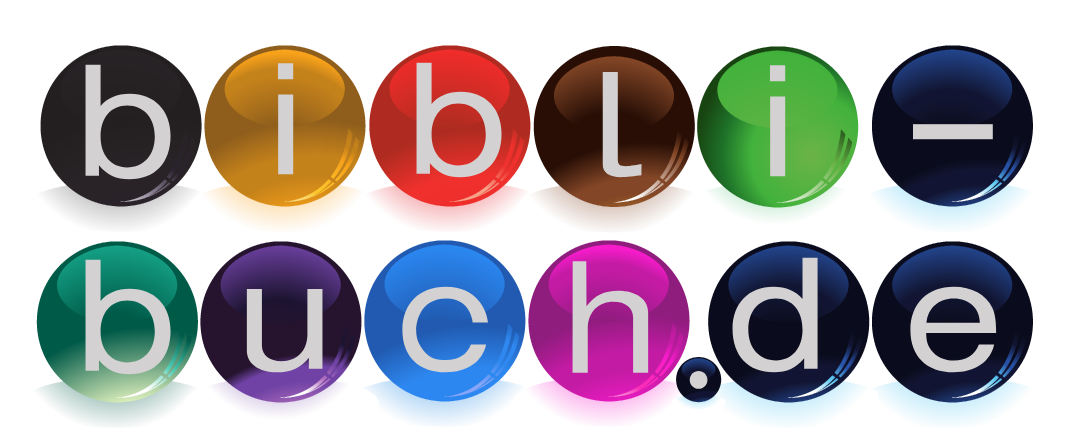-
27.04.2016
This book begins by describing what an individual organism is, comparing preconceptions of the in...
-
27.04.2016
This book describes and analyzes genetic and environmental factors that cause variation in indivi...
-
27.04.2016
Three of the four major mechanisms of evolution, natural selection, genetic drift, and gene flow ...
-
21.04.2016
It is common for most people to mistakenly think that humans are the only species that can coordi...
-
21.04.2016
Perhaps the most important chemical reactions on the planet take place inside a plant's chloropla...
-
27.04.2016
Food webs, energy flow, indirect effects, and nutrient cycling are described as properties that e...
-
28.03.2016
What happens to a meal after it is eaten? Food consists primarily of lipids, proteins and carbohy...
-
28.03.2016
Many people were taught that DNA is the 'blueprint of the cell,' but what does that really mean? ...
-
27.04.2016
Several genetic and pathogenic diseases are described to illustrate how diseases can and do disru...
-
28.03.2016
Once the first cell arose on Earth, how did genetic diversity arise if DNA replication and cell d...
-
27.04.2016
Individual organisms contribute to nutrient cycling in ecological systems, which is shown to be a...
-
24.03.2016
All organisms are composed of cells, but what is the definition of a cell? Can size, shape or fun...
-
21.04.2016
Everyone who has taken any biology class knows that DNA is the heritable material. However, very ...
-
27.04.2016
This book identifies the commonalities between communication within a species and communication b...
-
28.03.2016
Two systems illustrate how individual cells of an organ system function, communicate, and coordin...
-
21.04.2016
This book examines four examples of animal physiology that illustrate emergent properties in whol...
-
27.04.2016
Properties of populations include age and spatial distribution, both of which emerge from actions...
-
21.04.2016
One of the overarching themes in nature is that form meets function, meaning that the shape of an...
-
21.04.2016
Why do some children look more like one parent than another? How can two parents with dark hair h...
-
21.04.2016
This book introduces the concept of emergent properties, which are unexpected traits found only w...
-
21.04.2016
Whenever a dancer or an athlete performs amazing feats, it is the consequence of two very interes...
-
27.04.2016
This book will synthesize the concepts of selection against individuals in response to environmen...
-
27.04.2016
Pairwise and diffuse coevolution are defined, with examples that include mutualisms and predator-...
-
21.04.2016
This book examines three ways plants respond to their changing environment. The first example can...
-
27.04.2016
This book describes how evolutionary history is studied using several well-known examples and als...
-
21.04.2016
It is easy to understand how cells are produced from preexisting cells. And it is possible to ima...
-
27.04.2016
Organisms maintain homeostasis in a variety of ways. In the first part of this book, mammals are ...
-
28.03.2016
Population growth, dynamics, and blooms of bacterial, unicellular eukaryotes, and toxic algae are...
-
21.04.2016
Many people have a vague sense that the hypothesized origin of life, in the form of bacteria, sou...
-
24.03.2016
Animal behavior includes the exchange of non-heritable information between individuals of the sam...
- 1





